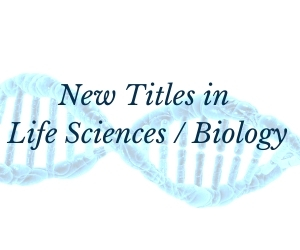System Upgrade on Tue, May 28th, 2024 at 2am (EDT)
Existing users will be able to log into the site and access content. However, E-commerce and registration of new users may not be available for up to 12 hours.For online purchase, please visit us again. Contact us at customercare@wspc.com for any enquiries.
The greatest mystery of life is how a single fertilized egg develops into a fully functioning, sometimes conscious multicellular organism. Embryogenesis Explained offers a new theory of how embryos build themselves, and combines simple physics with the most recent biochemical and genetic breakthroughs, based on the authors' prediction and then discovery of differentiation waves. They explain their ideas in a form accessible to the lay person and a broad spectrum of scientists and engineers. The diverse subjects of development, genetics and evolution, and their physics, are brought together to explain this major, previously unanswered scientific question of our time.
As a follow up on The Hierarchical Genome, this book is a shorter but conceptually expanded work for the reader who is interested in science. It is useful as a starting point for the curious layman or the scientist or professional encountering the problem of embryogenesis without the formal biology background. There is also material useful for the seasoned biologist caught up in the new rush of information about the role of mechanics in developmental biology and cellular level mechanics in medicine.
Sample Chapter(s)
Chapter 1: How Embryogenesis Began in Evolution (3,890 KB)
Contents:
- How Embryogenesis Began in Evolution
- Developmental Anatomy of the Axolotl
- Developmental Genetics: A Flying Tour
- Epigenetics: Higher Order Gene Control
- The Cytoskeleton
- The Cell State Splitter and Differentiation Waves
- The Differentiation Tree and the Fate Map of the Axolotl
- Signal Transduction from the Cell State Splitter to the Nuclear State Splitter
- The Nuclear State Splitter
- Irritable Protoplasm: Forerunners to Differentiation Waves
- Why Evolution is Progressive
- Wholeness and the Implicate Embryo: Embryogenesis as Self-Construction of the Observer
Readership: General public and professionals interested in developmental biology.
























